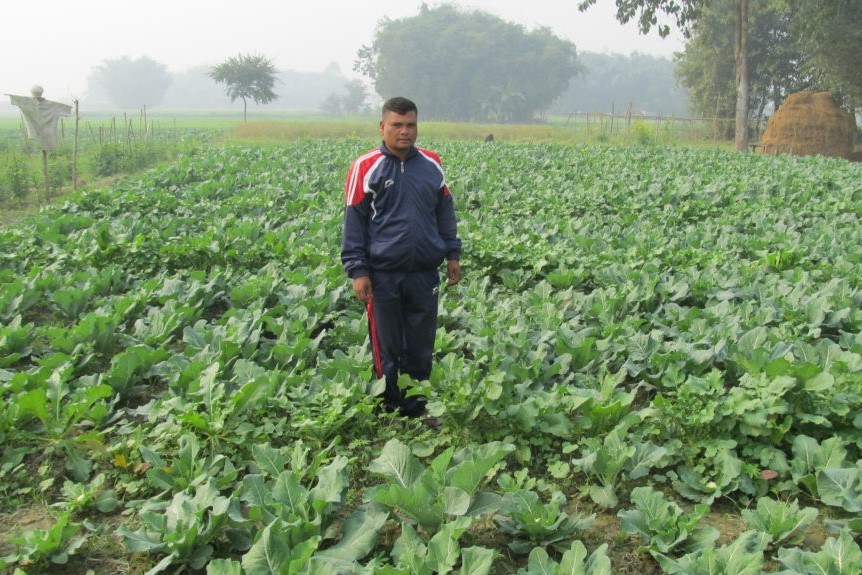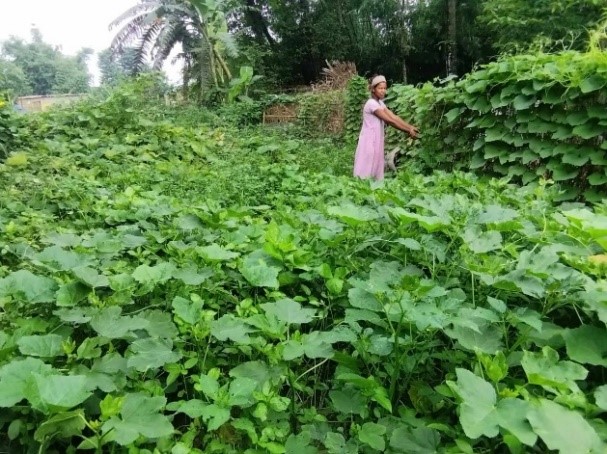 Nepal Jahada
Nepal Jahada
$0 needed of $0

Implementing Organization
Mennonite Central Committee (MCC)
Program Summary
This program responds to widespread malnutrition and seasonal hunger among marginalized landless and land-poor residents in Jahada. Farmers groups are being formed and participants are trained on vegetable farming and fish raising and are given access to leased land and fishponds. As a result, they are improving their diets and earning their own income rather than relying on labor migration and daily wage labor to survive. This is enabling marginalized communities to break out of the cycle of hunger and labor exploitation and improve their nutritional status and income by farming for themselves, rather than landlords.
In addition, mothers of malnourished children are learning to make “superflour” which children eat as a porridge to improve their nutrition. Mothers are also learning kitchen gardening skills for a diversified diet.
Kalpana's Story - Nepal Jahada Program
Durga Sunchiuri - MCC - Nepal Jahada Program
Success Stories

From Housewife to Entrepreneur
Neelam joined a women’s farmer group with the encouragement of local partner SAHAS and has never looked back. Apart from occasional day labor on other people’s farms she had little opportunity to make much of an income or improve her life.
She hoped one day to start a small business of some kind but lacked capital, skills or knowledge about running one. So instead, she resigned herself to caring for her children, doing housework, and socializing with neighbors when she had the leisure time to do so. Things changed when her family was invited to take advantage of opportunities offered by SAHAS.
Neelam joined a farmers group and was elected secretary. As part of the group has had the opportunity to attend training on a wide variety of topics. The instruction included leadership and group strengthening, gender awareness, seasonal and off-seasonal vegetable farming, animal husbandry and fish farming. All of it has played a significant role in improving her skills, knowledge and livelihood and gave her insight into what kind of business she might like to start.
She developed a business plan for integrated farming and took out a revolving loan from the group to make her ideas a reality. In addition to growing a wide variety of vegetables she started raising pigs and ducks, and fish. She reinvested her profits from selling her first pig to purchase a goat and another pig. With her newfound income she’s managing to meet all her household expenses, cover her children’s education, and pay off her loan. She plans to continue to expand her business systematically.
Says Neelam, “These trainings and my involvement in the group have helped me become independent and a successful entrepreneur. I am grateful for such an opportunity.”
Nepal Jahada Program
Led by Mennonite Central Committee and Local Partner Group of Helping Hands (SAHAS), Nepal
